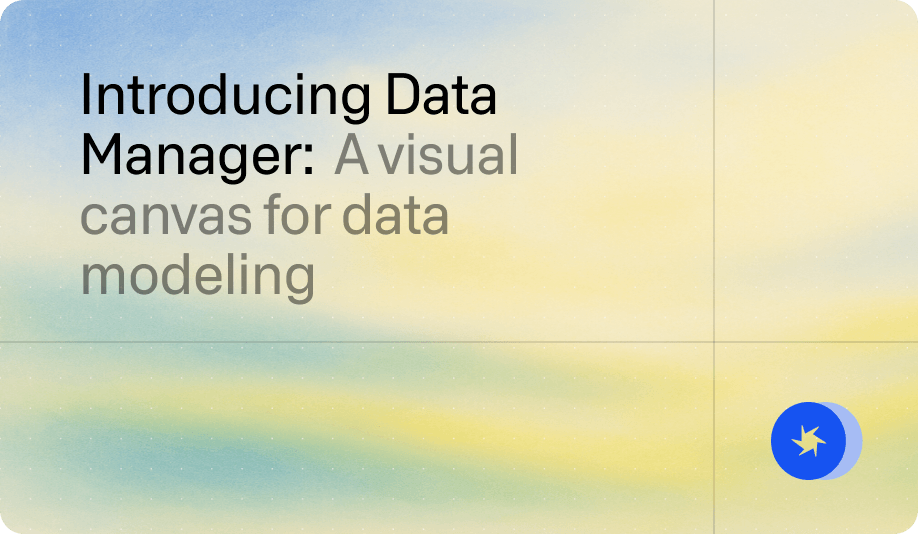The old way meant bottlenecks and siloes
For years, marketing has had to go through a long, drawn-out process with the data team to get customer segments built.
Marketers would:
Identify the need for a customer segment
Put in a request to the data team
And then wait for SQL queries to be written, lists to be pulled, and data to be validated, all so they can launch a single segmented marketing campaign.
Aside from being inefficient and slow, this also delays strategic marketing campaigns. By the time a segment is built, the window of opportunity might vanish.
The real issue isn’t the teams, it’s the misalignment between the infrastructure strategy set by data and engineering, and the evolving needs of marketing.
Data teams have invested in secure, scalable cloud infrastructure, but they have to ETL (extract, transform, and load) data every time there’s a request. Marketing teams are still forced to rely on legacy CDPs and activation tools that require that data, which makes it hard to innovate or experiment and optimize quickly.
This disconnect creates delays and missed opportunities.
But there’s a better way.
Cloud-native is the future
Imagine a world where marketers can access the data they need, build precise audience segments, and launch campaigns in a matter of minutes, not weeks. That’s possible with cloud-native audiences.
When you build audiences on a cloud data warehouse, constraints disappear. Think of a marketer who wants to re-engage high spenders who abandoned their carts during a recent flash sale. Access to cloud warehouse data makes it easy for them to build an audience for customers with over $200 in their cart and no completed purchase in the last 48 hours, in just a few minutes. And the campaign can launch that same day, when intent is still high.
With cloud-native audience building, you get:
Fresh, accurate data - No copies or stale syncs — always work from the single source of truth.
Security and compliance: - Keep all data in your governed warehouse environment.
Enterprise scalability - Build and activate audiences across billions of rows without performance bottlenecks.
Audience building on the cloud accelerates the pace of marketing. It also makes data governance easier by working within your existing cloud data infrastructure, which frees up time for the data team to focus on their strategy and team goals, not just answering marketing requests.
Cloud-native gives marketers the speed and access they need, but to truly future-proof your stack and stay flexible, you also need composability.
Here’s how audience building compares on the cloud vs. traditional methods:



